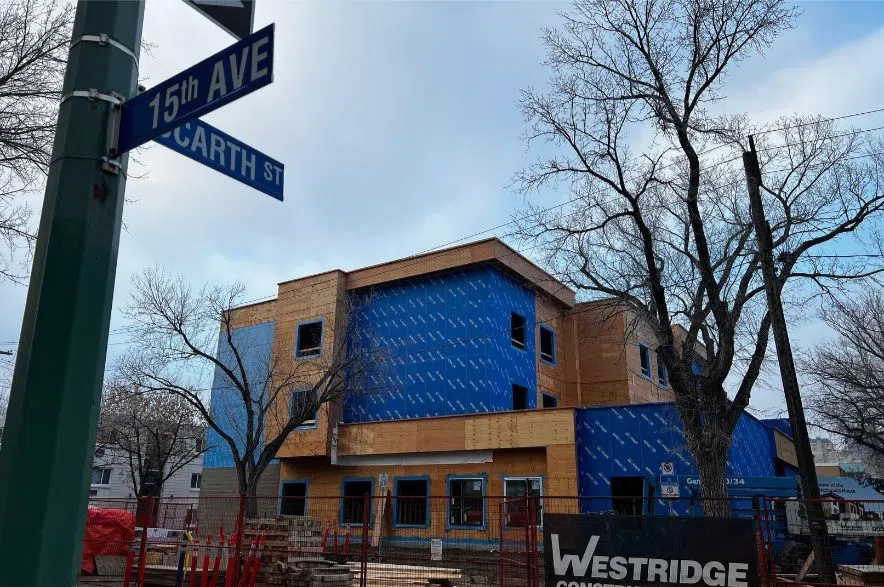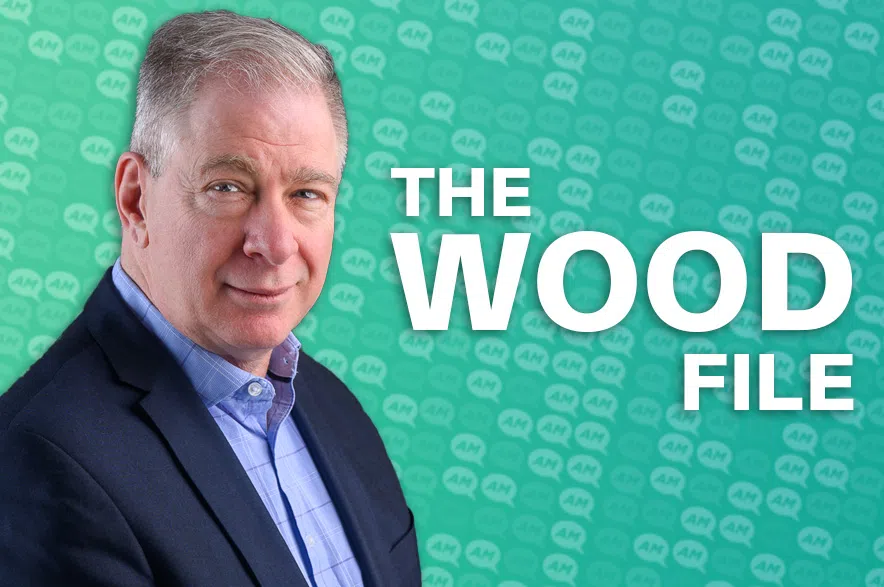Five years after beginning a strategy to develop vacant or underused land in the city centre, the City of Regina says 47 lots described as “chronically underutilized” have been redeveloped in that time.
A report presented to Executive Committee Wednesday says while only a portion of the Underutilized Land Improvement Strategy has been fully implemented, it has helped create 361 housing units and more than 75,000 square feet of non-residential floor space.
Read more:
- Ronald McDonald House in Regina to break ground in March 2025
- City eyeing Sask. Drive upgrades for future
- City of Regina accepting proposals to develop GM Plant building
The total value of the 47 developments is just more than $97 million.
Two examples provided were the Ronald McDonald House under construction at 15th Avenue and Scarth Street on a property recently being used for parking; and an apartment building being built on previously vacant land at Broad Street and College Avenue.
During the presentation, a local developer spoke to the need to reduce red tape even further, and even suggested the city become a developer of these sites to prepare them for construction.
Paul Moroz of KGS Group told the committee it’s typically less risky to build in a new area of the city, where the land developer is responsible for all of the servicing before it becomes available to a builder. There is no such developer for an infill lot, so the builder takes on those costs.
“Financially, the more development we have on infill lands, the more taxes we gain,” he said. “How do we get more taxes? Build more buildings on infill land.”
Administration noted in its report that it has made great strides on reducing the red tape faced by builders when dealing with infill properties.
“We’ve heard some historical pain points, maybe,” Mayor Chad Bachynski said following the meeting, “but as of today and moving forward, I think we’re actually in a pretty competitive place when it comes to not having red tape in the way of those developments.”
As the city continues to implement the strategy, one of the next steps will be an online map that spotlights underutilized properties in central Regina.
Eventually, that map will also include the status for each lot, for things like servicing and needed infrastructure.
The meeting heard that last year, 400 units were developed due to the strategy. If that pace continued over 25 years, it would bring in revenue of nearly $63 million.
Once the strategy has been fully implemented, a report is expected in 2031.











